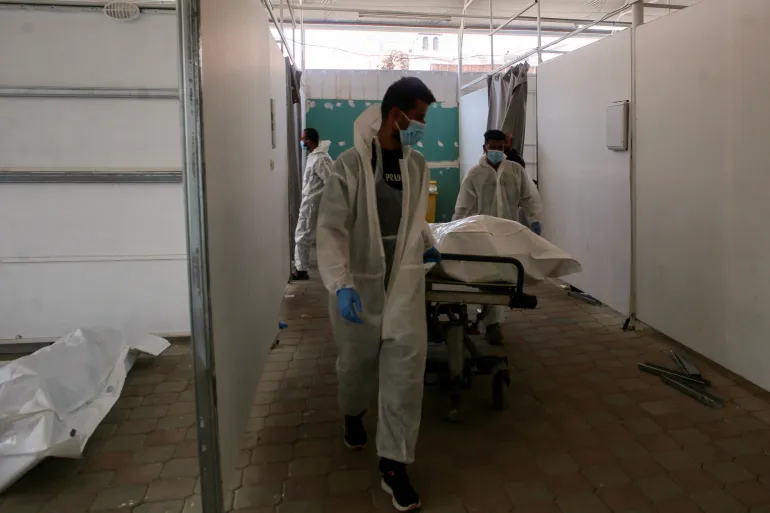In a daring daytime operation, thieves broke into the Louvre Museum in Paris and made off with eight highly valuable pieces of 19th-century French crown jewels. The heist, which took place in under eight minutes, targeted the Gallery of Apollo and sent shockwaves through France’s cultural institutions.
Investigators quickly turned their focus to forensic methods: more than 150 DNA, fingerprint and trace samples were gathered from tools, clothing and equipment left behind at the scene. Meanwhile, France’s extensive national DNA database—which contains millions of profiles—emerged as a crucial asset in linking suspects to the crime.
Authorities have already made a handful of arrests, though the jewels themselves remain missing and may have been dismantled or smuggled abroad. The incident has ignited a broader debate about museum security and the power of modern forensic science in solving high-profile thefts.
Key Details at a Glance
- The theft involved a coordinated team using a truck-mounted lift and power tools to access the gallery.
- The stolen items include royal jewellery tied to French imperial history; the total estimated value is around $100 million.
- Investigators have called the database matches and trace evidence “game changing” in tracking suspects.
- While the arrests mark a significant breakthrough, recovering the actual jewels remains a complex challenge.
- The museum’s security systems have come under scrutiny, with internal reviews now underway.
Why This Matters
This case stands at the intersection of heritage protection and cutting-edge crime-fighting. On one hand, it is a dramatic reminder that even the world’s most famous museums are vulnerable. On the other hand, it illustrates how forensic tools—especially national DNA databases—can tip the balance in investigations involving elite-level thefts.
Furthermore, the theft raises cultural and diplomatic issues. The jewels are considered part of France’s patrimony, and the spectre of them being broken apart or melted down has deep historical resonance.
Finally, as law enforcement publicly highlights DNA database results in this major case, questions will continue about privacy, database scope and how forensic advances reshape what criminals believe they can get away with.
What Comes Next
Authorities now face parallel missions: recovering the stolen jewels and securing future protection of cultural artifacts. The museum is expected to accelerate upgrades to its surveillance and perimeter systems.
At the same time, forensic teams will pore over DNA and fingerprint leads, trying to map the full network behind the theft—not just the four who entered the gallery, but all those who may have supported the operation.
The longer the jewels remain missing, the greater the risk that they’ll be altered or fade into the shadow-market. For now, the spotlight is on how modern policing methods combined with traditional detective work may bring this case to resolution.
















Leave a Reply